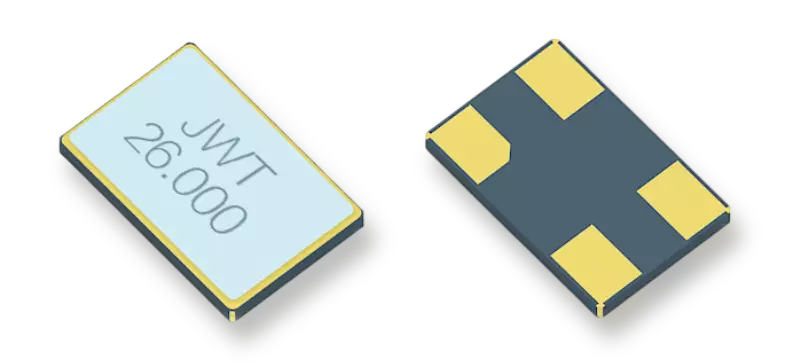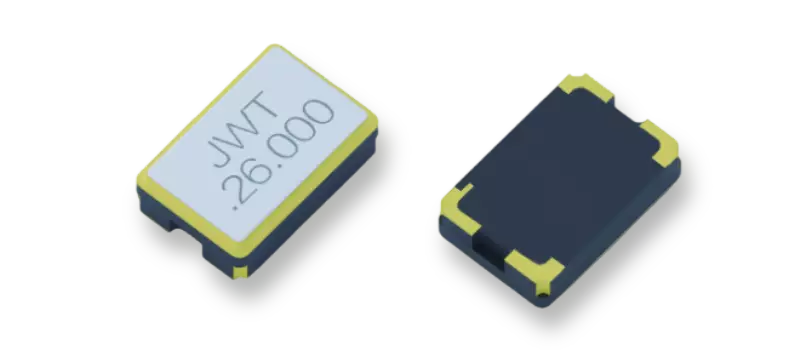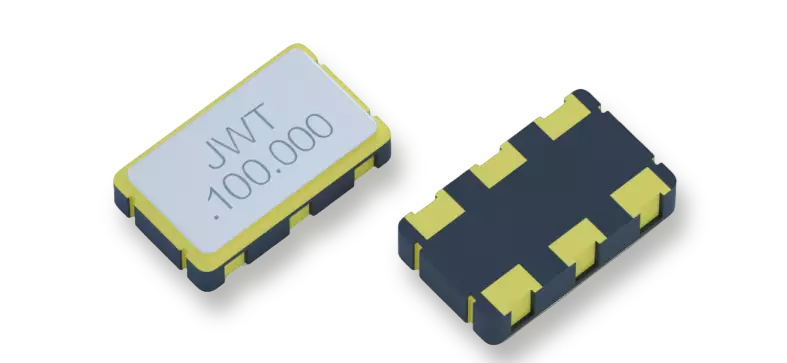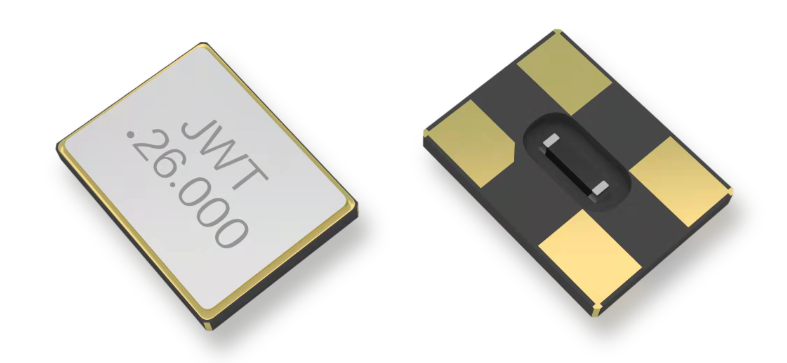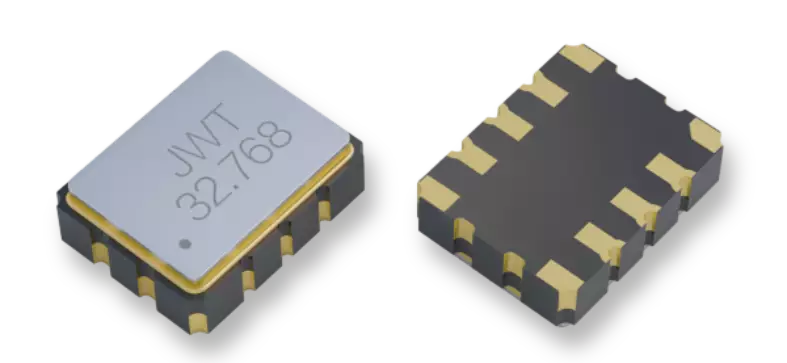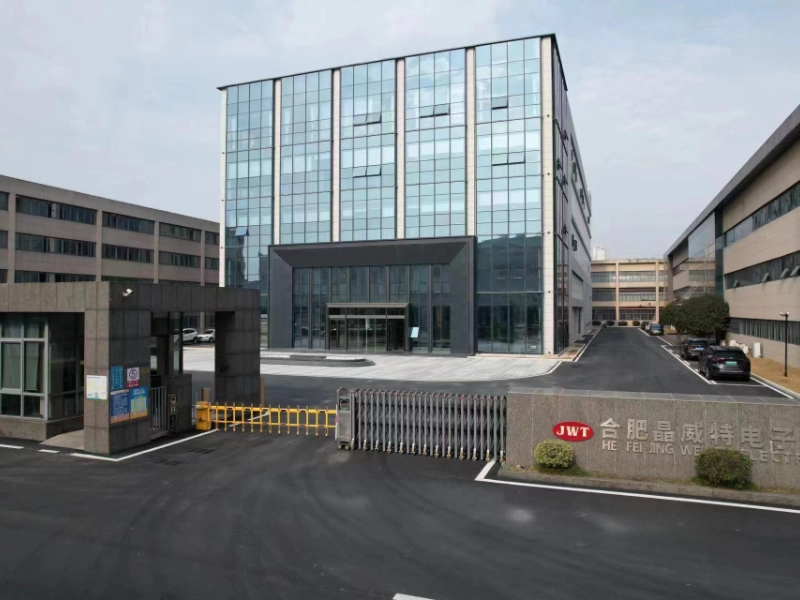Everything you need to know about RTC
Release time: 2025-06-10
Accurate time management is essential in modern electronic devices. Whether it is a smartphone, computer, appliance or embedded system, a real-time clock (RTC) plays a vital role. An RTC is an electronic component that tracks and maintains the time and date of a device, ensuring that the system can recover to the correct time after a power outage or restart. This article will take a deep dive into how real-time clocks work, what applications they are used for, and what factors to consider when choosing an RTC.

Table of Contents
What is a real-time clock (RTC)?
A real-time clock (RTC) is a device designed to continuously track time in electronic devices. Unlike ordinary clocks, RTCs not only provide the time, but also usually provide date, day of the week, and year information. RTCs are usually driven by a crystal oscillator (such as a quartz crystal) to ensure time accuracy, and are equipped with a small battery to ensure that they continue to keep time even when power is lost.
How does RTC work?
The core principle of RTC is based on a crystal oscillator. A crystal oscillator generates a stable frequency signal, usually 32.768 kHz, which is a standard frequency commonly used for RTCs. By counting these frequency pulses, the RTC can accurately calculate the seconds, minutes, hours, days, months, and years that have passed.
To ensure that the RTC can still work when the power is off, the RTC will have a built-in backup battery (usually a button battery). When the main power supply of the device is disconnected, the RTC will still rely on the battery to provide energy and continue to keep time.
Key Features of RTC
1.Accuracy:High-quality RTCs usually have very high time accuracy with very small errors. Quartz crystals, as materials for oscillators, can provide stable frequency signals, usually with errors ranging from a few seconds to tens of seconds per year.
2.Low power consumption:One of the design goals of RTC is low power consumption, especially when powered by batteries. Modern RTC chips usually use sleep mode to reduce power consumption, and wake up and provide time information only when needed.
3.Versatility:In addition to the common time and date functions, many RTCs are also equipped with timers, alarms, alarms, and other timing functions, which can be used in complex embedded systems.
4.Temperature compensation:The ambient temperature has a great impact on the crystal oscillator. Therefore, many high-precision RTCs have temperature compensation functions to ensure that they can maintain high accuracy under temperature changes.
Application scenarios of real-time clocks
Embedded systems: In many embedded devices, such as routers, temperature and humidity monitors, smart homes, etc., RTC is a key component to ensure that the system can correctly record and display time.
Data logging: In devices that need to accurately record the time of events (such as medical instruments and environmental monitoring equipment), RTC can provide reliable timestamps.
Electronic products: Many consumer electronic products, such as digital photo frames, alarm clocks, electronic calendars, etc., require RTC to ensure the time accuracy of the device.
Financial and payment systems: In payment devices such as ATMs and POS terminals, RTC is used to accurately record transactions to ensure the consistency and security of transaction data.
Automotive electronics: In modern cars, RTC is used to manage the time in the vehicle system, especially in the vehicle entertainment system and navigation system.
How to choose the right RTC?
When choosing an RTC that suits your needs, the following factors must be considered:
Time accuracy: Different applications have different requirements for time accuracy. In some simple consumer devices, time errors can be tolerated within a certain range, but in industrial applications or financial equipment, higher accuracy is required.
Battery life: RTCs usually rely on batteries to maintain time. Choosing an RTC with long battery life and low power consumption can reduce the frequency of maintenance and battery replacement.
Interface type: RTC chips are usually connected to the main controller through I2C, SPI or other communication protocols. When choosing, consider the type of interface supported by the main controller.
Temperature range: Some applications require RTCs to work in extreme environments, such as high or low temperature environments. In these cases, it is crucial to choose an RTC with temperature compensation function.
Additional functions: If other functions are required, such as timers, alarms, alarms, etc., choosing an RTC chip with multifunctionality will greatly increase the flexibility of the system.
Conclusion
Real-time clocks (RTCs) are an indispensable component in modern electronic devices. Whether in embedded systems, computers, consumer electronics, or automotive electronics, RTC plays a vital role. By understanding the working principle of RTC, application scenarios, and factors to consider when selecting, you can better select it for your project or equipment to ensure accurate and reliable time management.
If you need to know more about RTC or have related technical needs, please feel free to contact jwtcrystal. We will provide you with professional technical support and solutions to help you choose the most suitable product.

